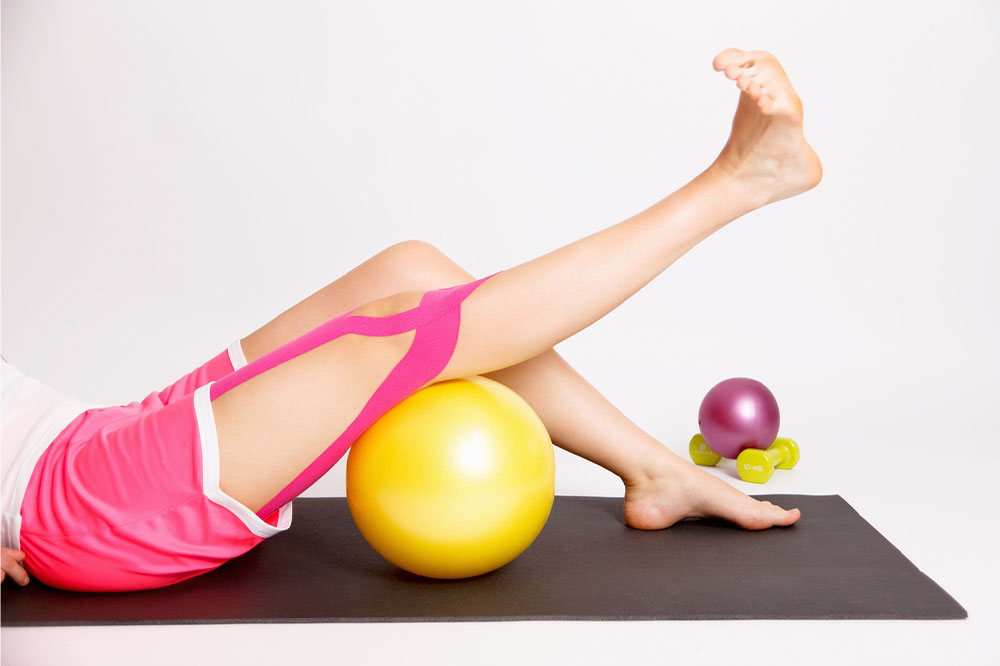9 types of exercises that support joint health and flexibility

Joint health exercises are designed to strengthen the muscles around the joints, improve flexibility, and promote joint stability. They enhance the surrounding muscle groups, tendons, and ligaments, offering protection during physical activities. They also improve joint flexibility, allowing enabling improved motion and fluid movement. For individuals with arthritis or joint inflammation, appropriate exercises can alleviate pain and stiffness and potentially slow the condition’s progression. Thus, here are some exercises to help maintain good joint health.
Best exercises for joint health
Yoga
Yoga promotes joint flexibility, balance, and strength. Various yoga poses, such as downward dog, child’s pose, and cobra pose, can specifically target joint health. Yoga also encourages mindfulness and relaxation, which can reduce stress and inflammation that may affect joint health.
Walking
Walking is a low-impact exercise that is beneficial for overall joint health. It helps lubricate the joints, strengthens the muscles around them, and improves circulation. One can aim for at least 20 minutes of brisk walking most days of the week.
Tai Chi
Tai Chi is a gentle, slow-moving exercise that focuses on fluid movements and deep breathing. It is particularly beneficial for joint health as it improves balance, flexibility, and joint stability.
Cycling
Cycling, whether on a stationary bike or outdoors, is another low-impact exercise that is gentle on the joints. It helps strengthen the legs and hips, increases joint mobility, and is an enjoyable way to stay active.
Low-impact Aerobics
Low-impact aerobics classes or exercises, such as dance aerobics or low-impact cardio routines, provide a cardiovascular workout without placing excessive stress on the joints. These exercises can help maintain joint health while also burning calories and improving overall fitness. Ankle and arm circles, pointing and flexing feet while lying on the back, and knee hugs are some other gentle exercises that can help improve joint health. For knees, one can also opt for leg presses, step-ups, and hamstring curls to strengthen the muscles around the knees.
Swimming
Swimming is an excellent exercise for joint health, as the buoyancy of the water reduces the impact on the joints while providing a full-body workout. It improves flexibility, strengthens muscles, and enhances cardiovascular health.
Water Aerobics
Water aerobics classes or exercises in a pool offer a combination of cardiovascular and resistance training with minimal joint impact. The water’s resistance helps build muscle strength while reducing stress on the joints.
Pilates
Pilates exercises focus on core strength, flexibility, and posture. The controlled movements in Pilates help stabilize and support the joints, promoting overall joint health.
Stretching
Incorporate regular stretching exercises into your daily routine. Focus on stretching all major muscle groups to enhance joint flexibility and prevent muscle imbalances. Some simple and effective exercises for improving flexibility in the spine and promoting healthy joints along the entire back are cat-cow stretch and cobra stretch. Similarly, the butterfly stretch targets the hip joints and inner thighs.
Having said that, here are a few exercises that are best avoided for those with weaker joints:
Deep squats that put excessive pressure on the knees
Heavy overhead lifts that can burden shoulders
Excessive twisting or rotating movements that may strain the hips
High-impact physical exercises like running, jogging, and jumping rope
Precautions while performing joint health exercises
One should always begin any physical routine with a proper warm-up to increase blood flow to the muscles and joints. It’s also important to start slow and gradually increase the intensity to avoid damaging the joints. Proper form is another important aspect of preventing joint strain, sprain, or injury. Anyone who is unsure about one’s form needs can approach a certified fitness professional for guidance. One should also listen to one’s body’s signals of any discomfort and include regular rest days to reap the long-term benefits of exercise. It’s advised to immediately consult a health professional for any persistent pain and swelling in the joints.
Factors affecting joint health
Several factors can influence joint health, and being aware of these can help one to tailor one’s exercise routine accordingly:
Age
Joint health naturally declines with age due to wear and tear, reduced cartilage thickness, and decreased flexibility. However, exercising regularly can help slow down this process and maintain joint function.
Posture
Poor posture can strain the joints, leading to discomfort and pain. Corrective exercises can help improve posture and alleviate joint stress.
Previous injuries
Past injuries to the joints may lead to lingering weaknesses. Physiotherapy and doctor-recommended exercises can strengthen these areas and prevent future problems.
Overuse
Repetitive motions or intense physical activities without adequate rest can also lead to joint wear and tear. Balancing exercise routines with rest and recovery is essential for joint health.



